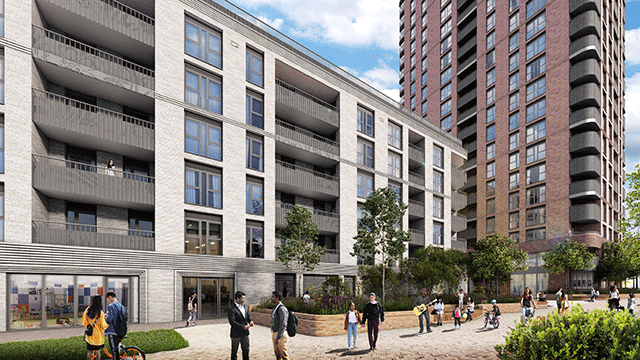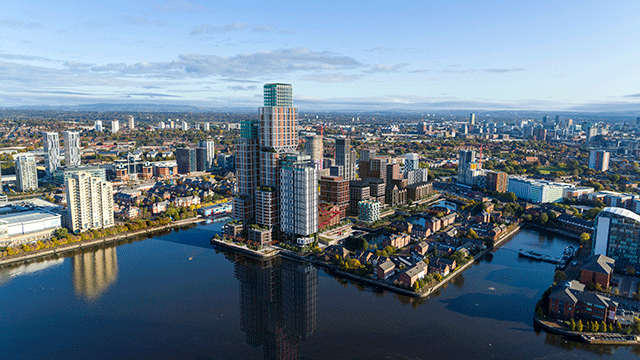The Better Buildings Partnership recently published the findings of its annual Real Estate Environmental Benchmark initiative, which has been gathering data since 2010/11, and this year includes more than 1,000 commercial properties covering 11.7m sq m of space. It is the largest dataset of its kind for the UK, with BBP members voluntarily providing performance data across their portfolios for energy, water and waste.
This year’s 2019 Energy Snapshot shows the efforts of property owners continue to pay off, with energy intensity reducing by 25% since 2010/11. If this is combined with the impact of grid decarbonisation, carbon intensity has reduced by 47%. For those properties where there is data for nine consecutive years, the annualised rate of reduction in energy consumption is 3.7%. Cumulatively, this is equivalent to an overall 26% reduction.
The analysis shows again that there is no relationship between Energy Performance Certificates and energy performance in use, confirming that EPCs alone cannot be relied upon as a mechanism to deliver improvements. In addition to the ‘fabric first’ approach, building commissioning, management and occupation need to be addressed in order to translate this potential performance into actual emissions reductions.
Industry benchmarks
Looking more closely at the different property types within the dataset, the energy intensity of offices remained static this year – perhaps an early indication that the low hanging fruit has already been harvested. If these assets are going to improve further, owners will need to consider deeper retrofitting strategies and more proactive engagement with occupiers to address the consumption driven by their activities.
The BBP undertakes this analysis for the benefit of its members and the wider industry, producing industry benchmarks and analysis and making the data available for industry research. This year, for the first time, the BBP will be providing analysis on the all-important pathway to net zero carbon. Initial analysis provides some hope: if properties continue to improve energy intensity by 4% per annum, then with a bit of extra effort (combined with the projected decarbonisation of the grid) they have a good chance of achieving the levels of efficiency required by 2050. However, the reality is that very few of the properties benchmarked through REEB are currently anywhere near achieving this level of efficiency; based on work by UKGBC, only 2% of offices currently perform in line with Energy Use Intensity Targets, and these are mainly very small offices with low occupancy.
Looking forward
So, there is a mountain to climb. Thanks to REEB, we know a little more about the height and incline of this mountain. REEB fills the gap left by the absence of mandated disclosure here in the UK and we are eagerly awaiting the government’s consultation on mandatory disclosure of performance in use, due later this year.
Until the industry gets to grips with the actual energy performance of properties, it will not have a sound understanding of the size of the challenge it faces in moving towards net zero carbon buildings – or, indeed, the size of the prize to be gained by focusing on reducing demand and improving efficiency first.
With climate risk now widely considered to be an investment risk, data on performance in use should be easily available, publicly disclosed and incorporated within industry benchmarks and investment performance analysis. With this in place, investors and occupiers could demand buildings that meet their own sustainability ambitions, including those aligned with delivering a net zero carbon economy by 2050. This would enable the market to respond, and ultimately for energy performance to be reflected in the valuation of commercial property. Wouldn’t that be revolutionary?
Sarah Ratcliffe is chief executive of the Better Buildings Partnership











